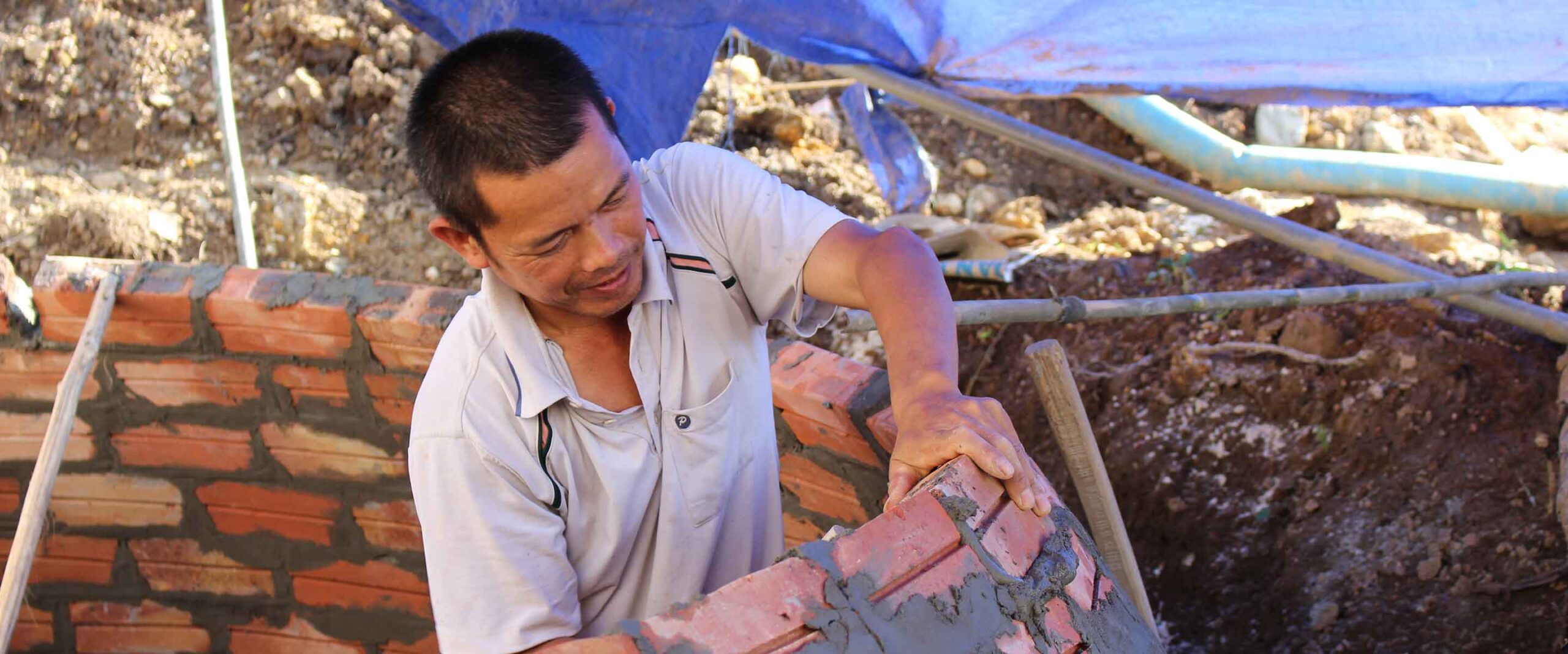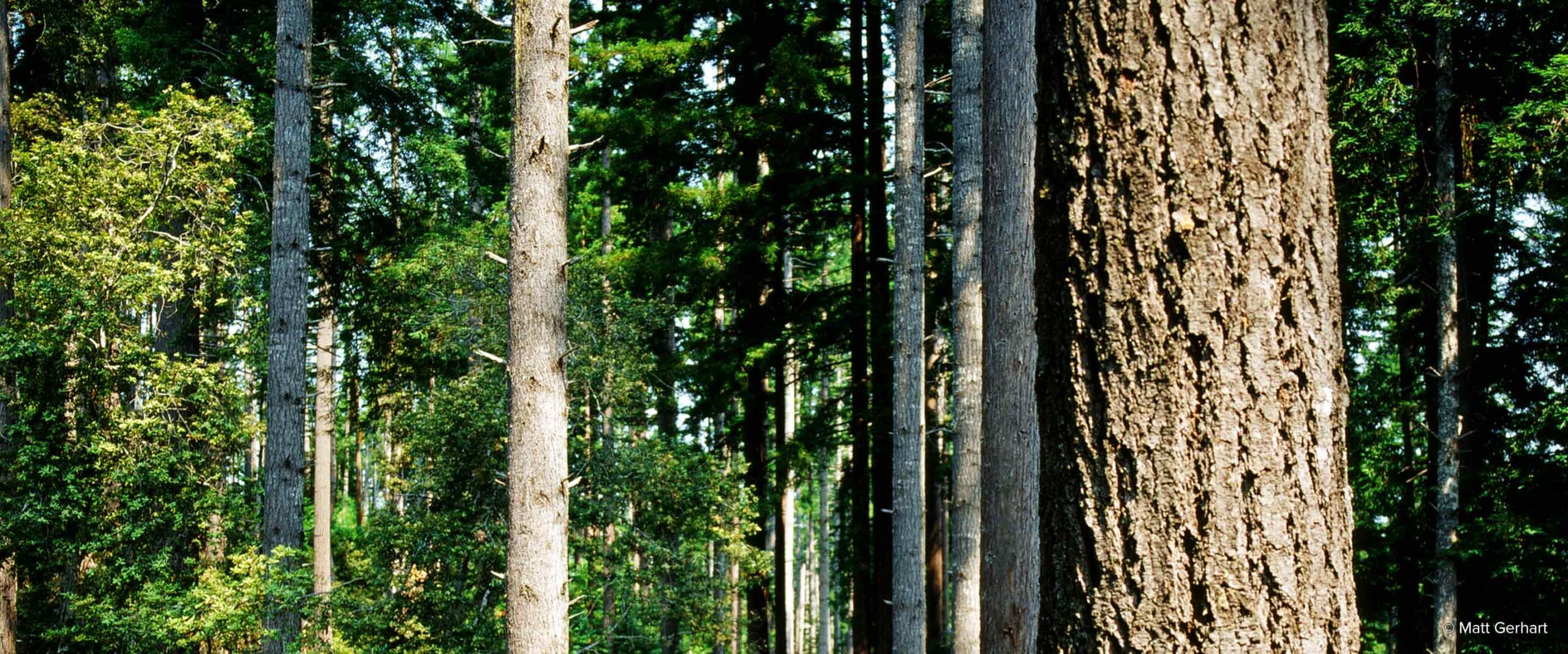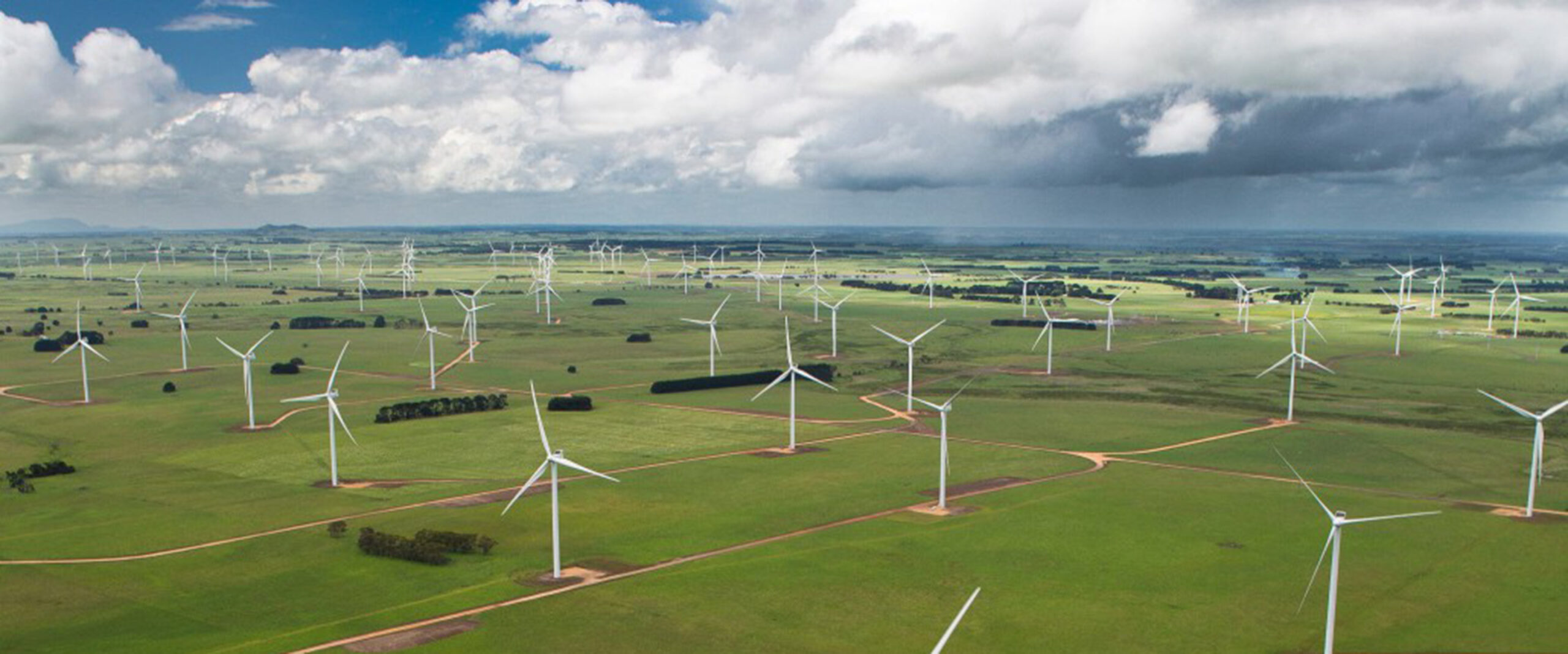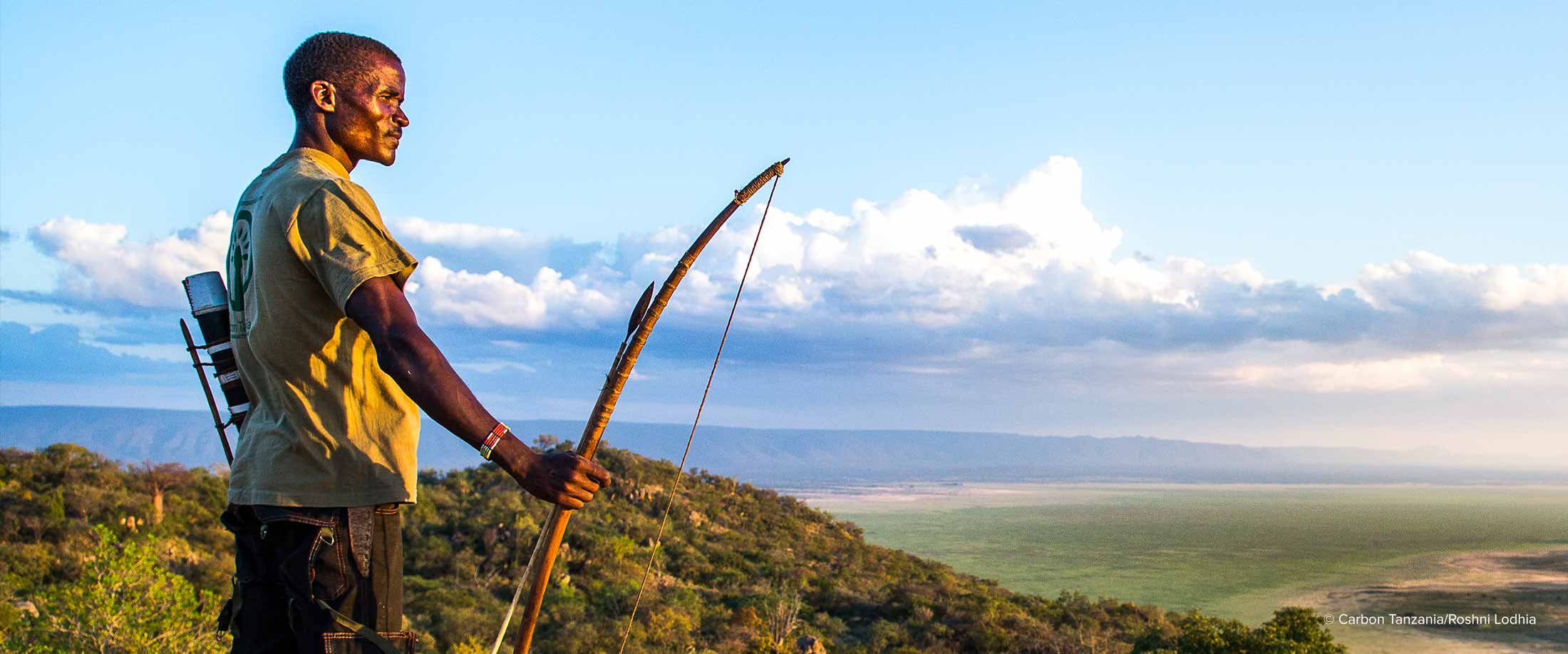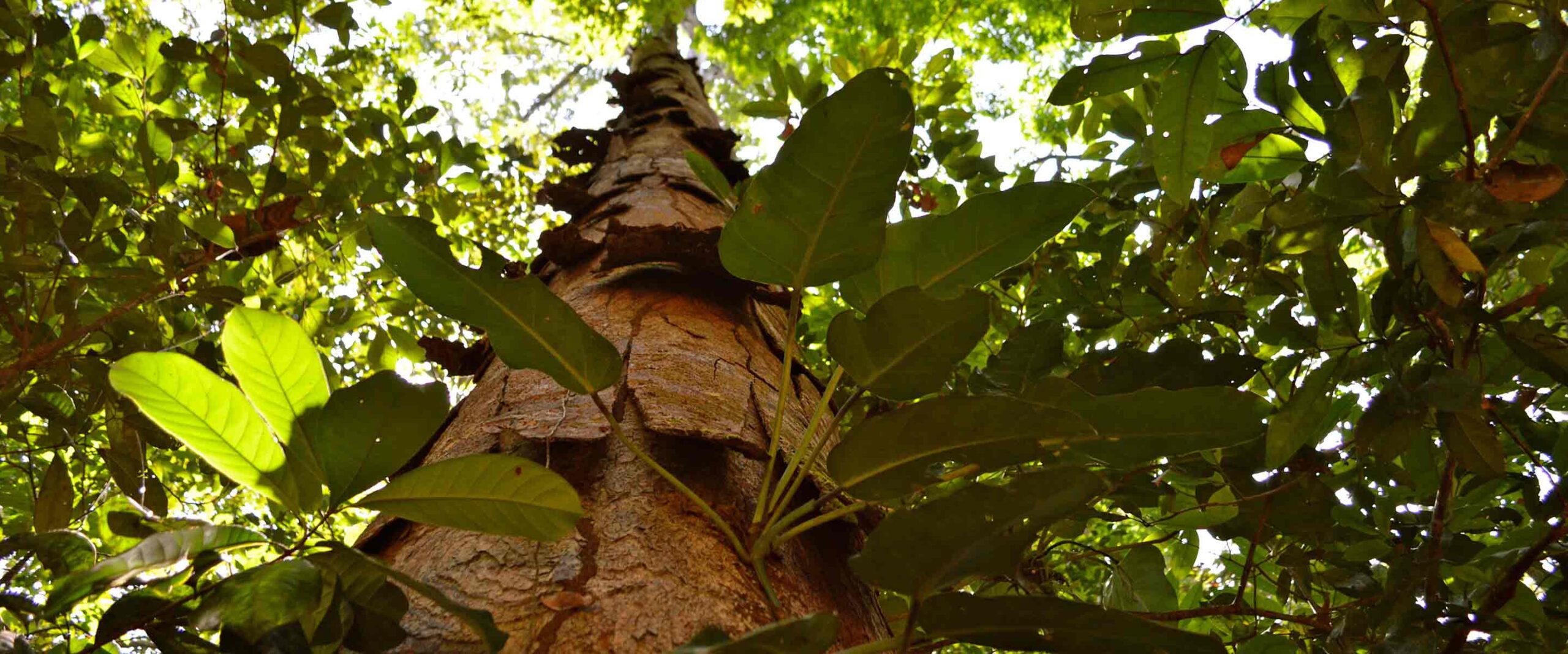The 23,780-acre Garcia River Forest is located in the heart of the Redwood region of California's North Coast. The project area is under the ownership of The Conservation Fund, a national nonprofit dedicated to protecting America's most vital landscapes and waterways, and was established as California's first non-profit working forest....
